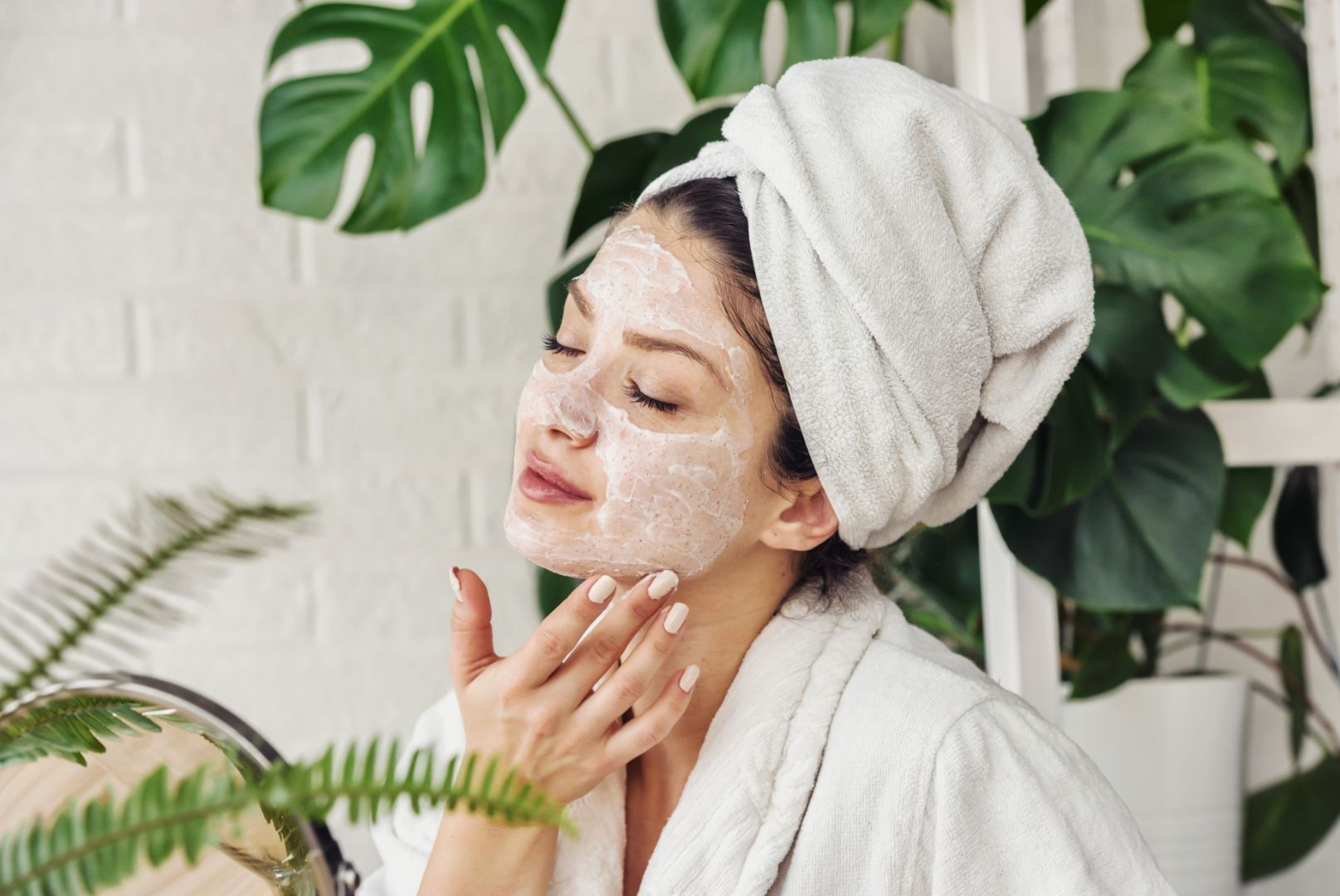

While we know acne is a prevalent skin condition (it affects over 50 million Americans annually), it doesn't make dealing with it any less frustrating. One of the more annoying after-effects of acne is redness. No matter how small or inconsequential the actual pimple is, it often leaves behind a red mark long after it clears up. To help us understand why redness occurs and how to treat it, we compiled a list of steps to help reduce acne redness.
Keep reading for the right kind of guidance on the best acne redness treatments...
What Is Acne Redness?
Redness can be caused by trauma to the skin cells caused by aggressively picking at blemishes. Picking at the skin can leave a red post-breakout mark long after the infection disappears. Whether or not you picked at your blemish (hopefully not), it’s common to be left with a red, dark, or purple mark that can hang around for weeks.
It leaves a scar because it stretches and damages the surrounding tissue, resulting in increased melanin activity. This is considered to be a scar, but it will fade with time by using a skin lightener and increasing exfoliation. Also, infections can cause a blemish to be red and inflamed.
Inflammation is the body’s natural response mechanism to heal itself. Unfortunately, when it goes on too long, inflammation can become very harmful to the skin—this is when we see dark spots where the acne lesion was. This is called post-inflammatory hyperpigmentation.
So the redness is the skin still creating inflammation as it’s healing the area. Another factor is the dilation of the blood vessels. This occurs due to the increased nutritional needs of the inflamed lesions since the cells are excessively active. Those vessels may take six to 12 weeks to completely shrink, so often the older lesions have a purple hue as the rest of the inflammation resolves.
6 Tips to Reduce Acne Redness
1. Don’t Touch Your Acne
Do not pick your skin. For starters, ice it down. The cold helps to reduce both redness and swelling caused by picking at a blemish. Apply an ice cube directly to the blemish, and leave it on for 10 minutes. Then, apply a blemish treatment appropriate for the type you’re dealing with.
2. Try Anti-Inflammatory Treatments and Diets
The best way to prevent inflammation is to use acne products that have anti-inflammatory properties in them. Skin care ingredients like manuka honey, cucumber, aloe vera, and turmeric are a few to name with exceptional anti-inflammatory benefits.
Eating an anti-inflammatory diet will also help prevent inflammation from showing up on your skin. Avoid foods that increase inflammation including chocolate, sugar, starch, alcohol, and spicy foods.
3. Always Use Sunscreen
In addition to using the appropriate blemish treatment, wear sunscreen to treat red spots since it can help expedite the healing and fading process. If the affected skin is exposed to daylight, the UV rays stimulate the melanin cells—even if it’s cloudy outside—making the scar darker and redder in color and visible longer.
4. Try Drinking Green Tea
Spearmint tea and green tea especially help acne redness clear faster. Green tea is a botanical derived from the leaves and buds of the tea plant Camellia sinensis. The active components of green tea are polyphenols (also called catechins) that are believed to benefit the skin due to their antioxidant and anti-inflammatory properties.
5. Use Brightening and Exfoliating Products
Some spot treatments can lighten and fade red, dark, or purple scars and spots left behind from blemishes on the skin. Most have a blend of gentle brighteners and exfoliating acids to lift discoloration and fade stubborn acne marks. You’ll see a dramatically noticeable improvement in promoting even-toned skin with continued use.
6. Try Micro Needling
While this is one of the more expensive options, micro needling may also give you the best results. According to the American Academy of Dermatology, this procedure is going to work the best on acne scars that have an "indented" look along with scars that have created hyperpigmentation. This is due to the promotion of collagen micron eedling brings to the skin, which makes it stronger, elastic, and more hydrated.
The downfall is you may require anywhere from three to six treatments to see results, which can add up.
Helpful Answers to Acne
At what age is acne the worst? Acne can affect anyone at any age, but it’s believed the age group from 12 years up to 24 years may be the most affected (thanks a lot, puberty!).
Does acne redness go away? Eventually, a mark left by a pimple will fade, but it can take a long time if it’s not treated.
Why is my acne not going away? When we deal with bacteria, oil, and inflammation, we can continue to get acne flare-ups on the reg. Work with a dermatologist to see what treatment option may work best for you.
For anti-inflammatory skin care to help reduce redness from acne, turn to Wild Naturals. Our products are formulated with natural ingredients that work wonders on acne-prone skin, as well as many other skin types. Head over to the online store to discover our manuka honey cream!


